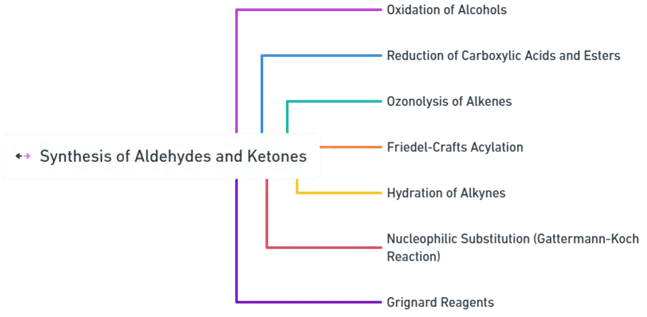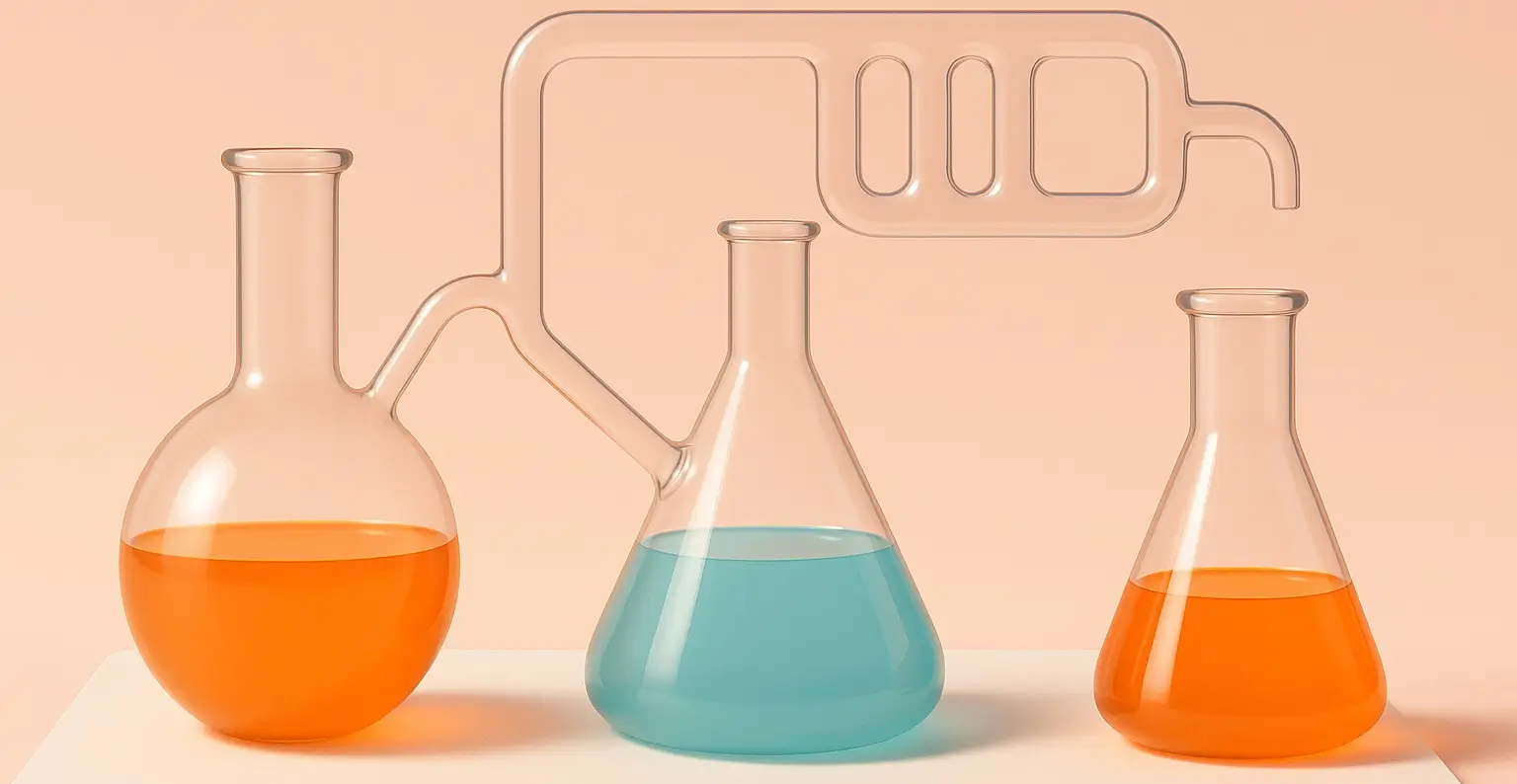Preparation of Carbonyl compounds Definition
- Preparation of carbonyl compounds refers to the chemical processes used to synthesize aldehydes and ketones, which are organic compounds containing the carbonyl group (C=O).

1. Oxidation of Alcohols
-
Aldehydes:
- Primary alcohols can be selectively oxidized to aldehydes using mild oxidizing agents such as pyridinium chlorochromate (PCC) or Dess-Martin periodinane.
-
Ketones:
- Secondary alcohols are oxidized to ketones using stronger oxidizing agents like potassium permanganate (KMnO₄), potassium dichromate (K₂Cr₂O₇), or chromium trioxide (CrO₃).
2. Reduction of Carboxylic Acids and Esters
-
Aldehydes:
- Carboxylic acids can be reduced to aldehydes using lithium aluminum hydride (LiAlH₄) followed by careful quenching, or diisobutylaluminum hydride (DIBAL-H).
-
Ketones:
- Esters are reduced to ketones by using reagents like lithium aluminum hydride (LiAlH₄) or sodium borohydride (NaBH₄).
3. Ozonolysis of Alkenes
- Both aldehydes and ketones can be synthesized by ozonolysis of alkenes.
- The double bond is cleaved using ozone (O₃) followed by a reductive work-up with zinc (Zn) and acetic acid (CH₃COOH) or dimethyl sulfide (DMS).
4. Friedel-Crafts Acylation
-
Ketones:
- Aromatic ketones are prepared via Friedel-Crafts acylation, where an aromatic ring reacts with an acyl halide in the presence of a Lewis acid catalyst like aluminum chloride (AlCl₃) or ferric chloride (FeCl₃).
5. Hydration of Alkynes
-
Aldehydes:
- Terminal alkynes are converted to aldehydes through hydroboration-oxidation, using a borane reagent followed by oxidation with hydrogen peroxide (H₂O₂).
-
Ketones:
- Internal alkynes are converted to ketones using a mercury(II) catalyst, such as mercuric sulfate (HgSO₄) in the presence of dilute sulfuric acid (H₂SO₄) and water.
6. Nucleophilic Substitution (Gattermann-Koch Reaction)
-
Aldehydes:
- Aldehydes can be synthesized from haloalkanes via the Gattermann-Koch reaction, which involves the reaction with hydrogen cyanide (HCN) and a Lewis acid catalyst like anhydrous aluminum chloride (AlCl₃), followed by hydrolysis.
7. Grignard Reagents
-
Ketones:
- Ketones can be produced by reacting Grignard reagents (RMgX) with nitriles, followed by hydrolysis of the resulting imine.

